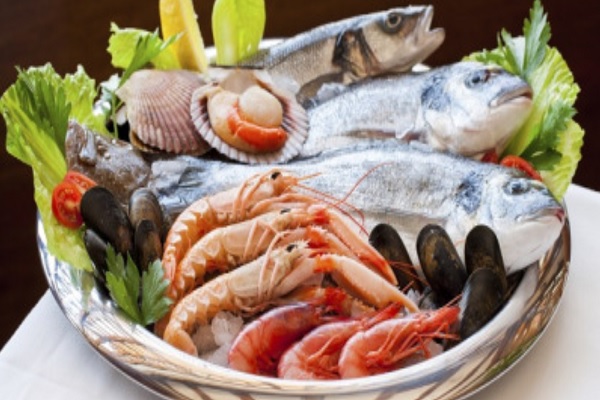
Whether it’s a delicious plate of pasta with shrimp, a steaming lobster, or a salmon fillet cooked to flaky perfection, seafood is incredibly popular around the world. In some countries, seafood isn’t just the main meat that most people get to eat but one of the main food staples in general. Some parts of the world aren’t great for agriculture, and thus seafood is essential to the survival of millions of people. But despite its popularity, there are still many misconceptions about seafood…
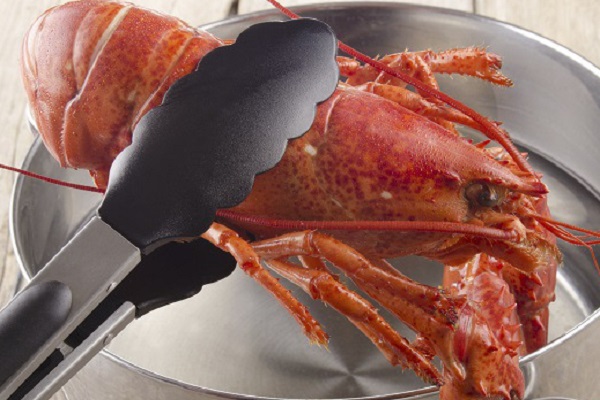
10. Lobsters And Crabs Do Feel Pain
For a long time, pro-animal activists have decried the practice of boiling lobsters alive when cooking them. They attest that this is an inhumane practice akin to torture. Those who enjoy lobster have always explained away the practice of live boiling by claiming lobsters—and other similar crustaceans—cannot actually feel pain.
According to recent research though, it looks like the animal rights activists might have had a point after all. Crustaceans may indeed feel pain. The common belief has been that since crustaceans have nociceptors (receptors that alert you to harmful stimuli but do not cause pain), they do not actually feel anything.
Robert Elwood and a group of researchers at Queens University Belfast spent some time testing this theory out. They did so by inflicting horrible punishments like dabbing acetic acid on prawns and shocking crabs. Each time, they observed the animals paying close attention to the affected area. They even responded positively to anaesthetics. This marks a complicated pain response that might give one hesitation about dropping a living thing in boiling water ever again.
9. Parasitic Nematodes
If you buy a nice thick fillet at the grocery store, there’s always the chance you will find a rather nasty surprise. Popular fish—like trout and salmon—are common targets for parasitic roundworms like Anisakis simplex. These cuddly little darlings curl up into a nasty little circle and nest themselves firmly in the flesh of your future meal. These parasites are common enough that many major fisheries will check carefully with lights and candles for parasites, though they still get through occasionally.
Aside from the nasty shock of biting into a worm carcass, you shouldn’t have any serious issues if your fish is properly cooked. However, if the fish is raw or undercooked, then this parasite could ruin your whole day or worse. If a live one ends up in your gullet and decides to make friends with your stomach, you could end up with anisakiasis. Symptoms of this lovely disease include vomiting, diarrhoea, and abdominal cramps.
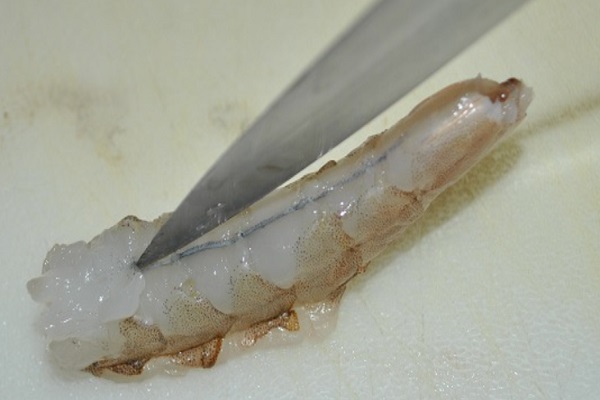
8. The Great Shrimp Vein Debate
Shrimp is one of the most popular seafood dishes in the world. Surprisingly, there’s a lot of confusion about whether or not a shrimp should be deveined before cooking it. The “vein” is actually the shrimp’s intestine, so there’s a decent chance that when you caught the shrimp he still had the remains of his last meal. Shrimp are bottom feeders and remains in the intestines are said to make the shrimp taste gritty.
However, this usually only applies to larger shrimp—with small shrimp, the vein will likely not even be noticeable. However, some people claim that there is a taste difference even with smaller shrimp. Some like it better with, some like it better without. There are also those who prefer their shrimp served alive or freshly killed. In short, you aren’t really risking your health with shrimp that hasn’t been deveined. It’s a matter of personal preference.
7. The Salmon Of Knowledge
Irish legend tells of a salmon that possessed great wisdom and ability. The one whom the Salmon chose to eat it would receive divinatory powers. A druid named Finneigas was waiting patiently for the fish to swim by so he could catch it and eat it until he was all-powerful.
After a very long wait, he finally caught sight of the elusive salmon and snatched him out of the water. Since he wasn’t going to just eat it raw, Finneigas ordered a young lad named Demne to cook the magical fish. He then waited patiently to finally reach his ultimate triumph.
Unfortunately for poor Finneigas, Demne accidentally burned himself while touching the still-cooking fish. Without even thinking about it, the young man put his thumb in his mouth to wet and cool the sizzling digit. The next thing he knew, the powers of the salmon were his.
Finneigas was, as you might expect, greatly disappointed. There was nothing he could do though—clearly, the Salmon of Knowledge had not chosen him. Demne was henceforth known as Fionn and, blessed with the powers of the salmon, he went on to become a great Irish chieftain.
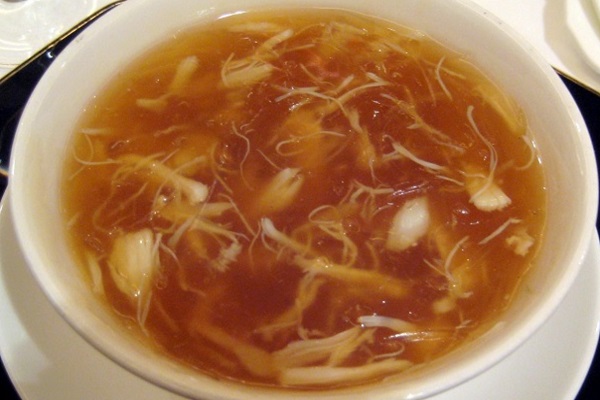
6. Shark Finning
While sharks may not be everyone’s favourite ocean creature, most people would probably still find the practice of shark finning more than a little absurd. In order to complete an expensive delicacy called shark fin soup, shark finners capture sharks, cut off their fin, and toss the shark back into the ocean to die.
Recently, the United Arab Emirates and many other authorities have banned the practice. Their new rules state that if someone fishes a shark, they have to bring the entire body back to the port. See, apart from slow murder by painful mutilation, finning is also an incredibly wasteful practice with tons of live sharks being tossed back into the ocean as the swimming dead.
In China, shark fin soup is an expensive delicacy that can run as much as US$100 a bowl. It was once a food only royalty could obtain and was thus a mark of high status. In modern times, it has become more of a ritual to mark special occasions or business meetings. Worse yet, the main purpose of the shark fin isn’t even to add taste—it simply gives texture to the soup. That’s all we get out of a practice that kills tens of millions of sharks per year while leaving many other species critically endangered.
5. Raw Fish Is Usually Frozen
If you’ve eaten sushi or sashimi in the United States, it was likely frozen long before it ever reached your plate, despite the whole point being to eat it raw. It turns out United States food inspection authorities are pretty concerned about people eating raw food. Any raw fish sold in the United States has to first go through a deep freeze to kill off bacteria before selling the fish to customers.
Tuna is the one exception to the freezing rule, though many of those who sell it freeze it anyway. Many United States sushi bar patrons are deeply concerned with having their fish fresh, but they also want fish that isn’t in season. This means that many sushi bar operators are often freezing tuna—sometimes for up to two years. Interestingly, some connoisseurs will admit that they themselves cannot tell the difference between frozen and fresh tuna.
Of course, you can’t always be certain the raw fish you’re eating was properly frozen, as the FDA can’t inspect every piece of sashimi. There simply aren’t enough health inspectors out there for that. Plus, due to the ambiguous wording of the regulations, freezing can be done either by the restaurant or by whoever sells the fish to them. Sometimes, one side will simply assume that the other side has already started the freezing process, when in fact nobody has and probably never will.
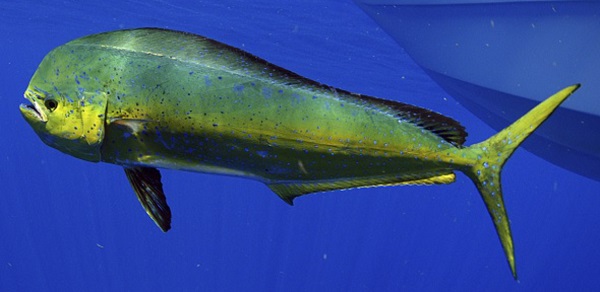
4. Mahi Mahi Is Not Dolphin
Many people get very confused about mahi mahi and think that it’s somehow related to the dolphin family. This confusion is understandable—for a long time, mahi mahi was actually known as the dolphin-fish.
While it might seem odd that we were calling this fish a dolphin when it looks nothing like one, it turns out there’s a totally reasonable explanation. Mahi mahi have a habit of swimming alongside boats, so people began associating them with dolphins. Unfortunately for commercial fishers, this was about the worst thing that could happen.
Most people don’t want to eat dolphins due to their cuteness, intelligence, and incredibly high levels of mercury. If people confuse some product at the store with dolphin, it’s about the worst bit of PR one can get. In order to deal with this problem, they renamed the dolphinfish to mahi mahi. “Mahi” means “strong” in Hawaiian.

3. Scandinavian Fish Spread
For those who live in the United States, peanut butter is one of the most ubiquitous food items around. However, in parts of the world like Scandinavia, peanut butter is viewed as more of a strange curiosity that those crazy Americans slather all over their food for some reason.
Scandinavians do agree that spreads are a great way to eat your favourite foods, but they prefer theirs come from fish. Apart from turning roe or herring into a delicious salty spread, fish are also sold pickled in jars there. Pickled herring is one of the more popular dishes, coming in a wide variety of flavours.
Swedish researchers have begun actively studying fish spreads for any and all health benefits, especially due to the Omega-3 fatty acids present in the fish. If you live in the United States and want to sample this Scandinavian taste sensation for yourself, you can find it at your local Ikea.
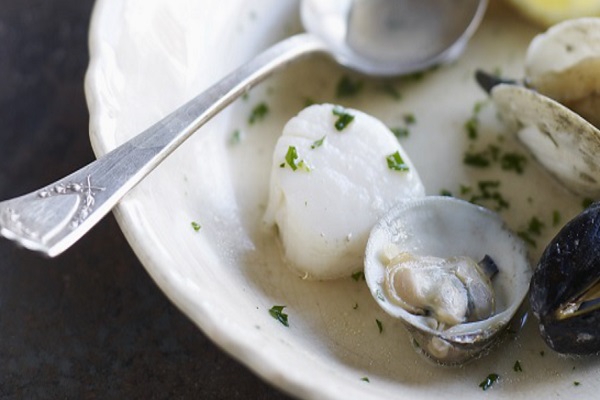
2. Eating Shellfish Only During ‘R’ Months Isn’t Necessary
You may have heard how you’re only supposed to eat shellfish during months containing the letter “r.” The reasons given for doing so are both numerous and dubious. Some people still follow this advice today while others question whether or not there’s actually any need to do so.
The “r” rule seems to have originated with the Native Americans who passed the advice on to pilgrims and other international settlers. Back then, not eating shellfish during those months made perfect sense. All months without an “r” in their names fall around summertime, when algae can bloom and fill shellfish with nasty toxins that you certainly don’t want coursing throughout your body. Also, shellfish breed a lot during the summer, and some people believe they don’t taste nearly as good while actively fertile.
In the modern world, however, you’re unlikely to deal with any of these problems. The shellfish that you buy at the store are usually cultivated commercially as part of a very streamlined process. In addition, shellfish are usually imported from somewhere else during the hot summer months. So unless you like to hit the beach and catch your own shellfish, you don’t have much to worry about regardless of the month.
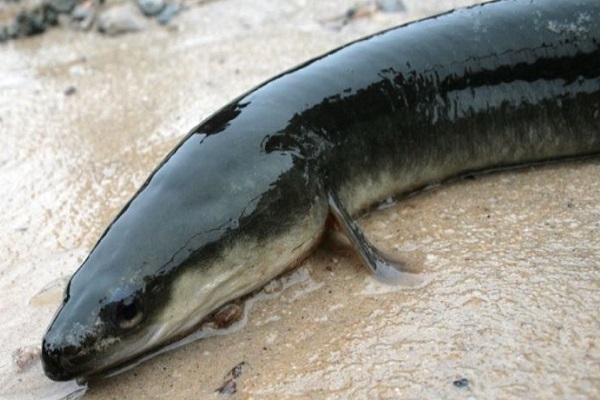
1. Eels And The Discovery Of Anaphylaxis
As mentioned earlier, we freeze raw sushi and sashimi so they can be safely served. However, there is one tasty delight that needs to be cooked no matter what: eel.
Eating uncooked eel can do more than just ruin your day—even a small amount is likely to kill you. Eel blood is really, really poisonous. While freezing is usually fine for dealing with bacteria or rendering anisakids inert, it does nothing to remove the toxicity of eel blood. The only way to kill the toxic protein is to thoroughly cook the fish.
However, while eel poison is something you certainly don’t want to ingest, its poisonous blood has been used for some important scientific research. In the early 1900s, Dr. Charles Richet found himself intrigued by Louis Pasteur’s experiments in building up a tolerance to disease through exposure to weaker versions of it. He wondered if someone could build up resistance to poison in a similar manner.
In order to test his theory, he injected small amounts of eel blood into dogs. Instead of slowly tolerating the poison more and more over time, the dogs actually developed anaphylaxis. This is a severe (and sometimes fatal) allergic reaction that usually develops after multiple exposures to an allergen. Dr Richet’s discovery, while bad for those poor dogs, opened up new avenues of research. For his efforts, he received a Nobel Prize in Medicine.
Do you know any other facts about seafood? Do let us know in the comments below.








